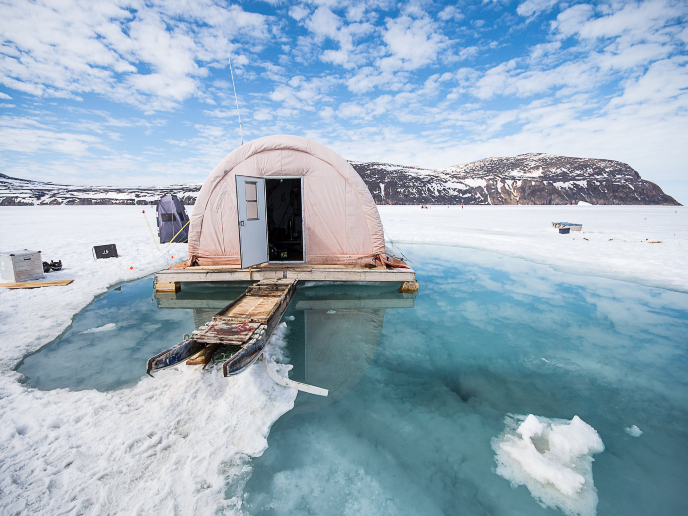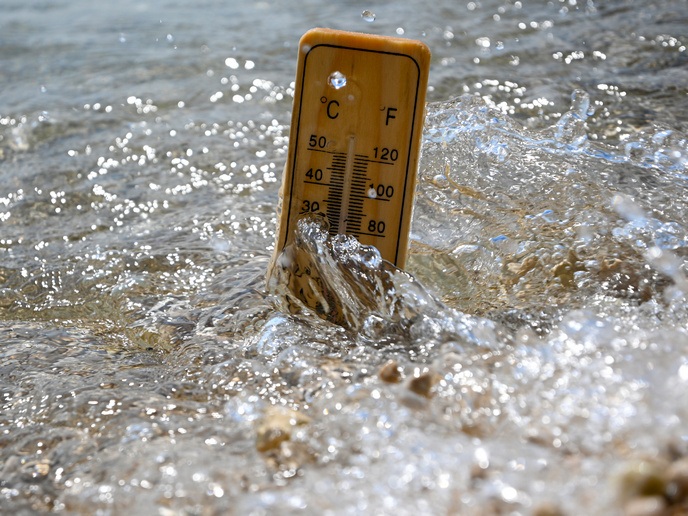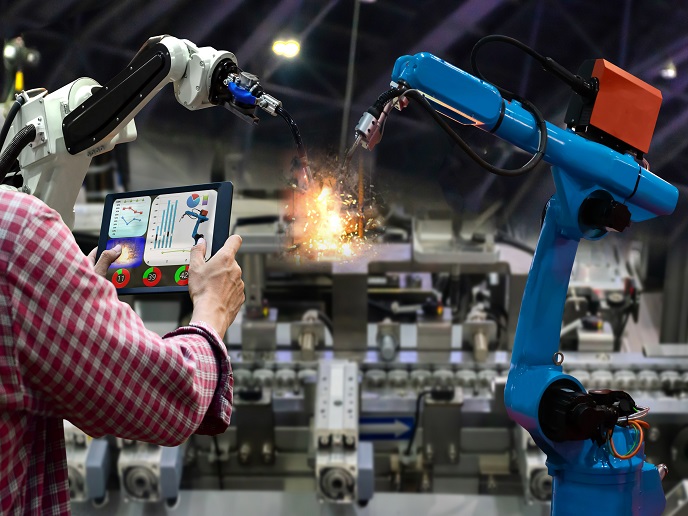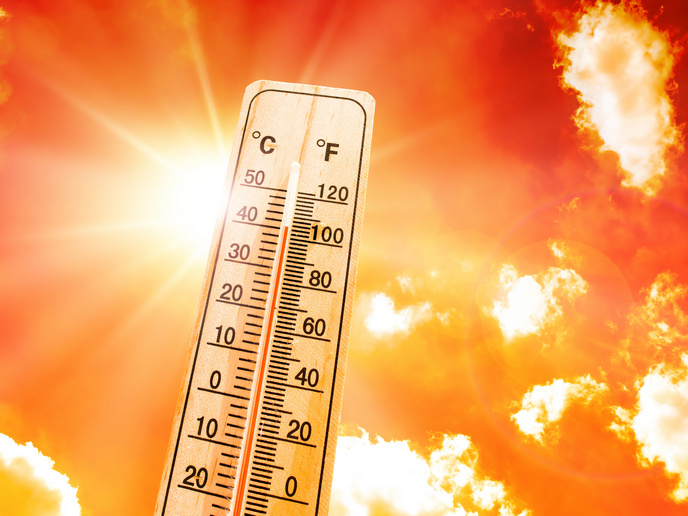Under ice phytoplankton input to carbon production uncovered for better climate change prediction
Sea ice strongly reduces the effect of solar radiation. It is believed that phytoplankton, which drive Arctic marine CO2 sequestration, only grow in open waters once sea ice retreats in spring. However, the discovery of large under-ice phytoplankton blooms (UIBs) growing beneath sea ice contradicts this belief. UIB productivity in ice-covered regions has been suggested to be ten-fold larger than presently modelled, indicating there are huge uncertainties in climate change predictions. Undertaken with the support of the Marie Skłodowska-Curie Actions programme, the EU-funded CAP-ICE project investigated the occurrence of UIBs and the physical mechanisms that control their initiation and productivity. The goal was to accurately quantify how UIBs affect the Arctic carbon cycle and climate.
Impact of warming climate
CAP-ICE aimed to understand why, when and where these UIBs are emerging. “Such changes can lead to cascading impacts on those who depend on these resources, such as zooplankton, fish and especially indigenous communities. CAP-ICE is therefore close to revealing climate change-driven changes and societal relevance for communities living in the far north,” states MSCA research fellow Mathieu Ardyna. CAP-ICE's main hypothesis is that in the current warming climate, UIBs are more frequent and productive than open-water blooms. This is due to high nutrient concentrations under the sea ice and increased light transmission through thinner sea ice. To test this theory, researchers characterised the optimal environmental conditions controlling the initiation and magnitude of UIBs.
Contribution of satellites and autonomous platforms
CAP-ICE combined earth observation, modelling and novel technology approaches with multiple pan-Arctic expeditions to provide new field observations on the environmental conditions controlling UIBs. The team designed a coupled satellite-derived sea ice/biogeochemical model adapted to under-ice Arctic waters and integrated the carbon contribution of UIBs to the marine Arctic carbon cycle to give a more accurate picture. “Since UIBs are invisible to ocean colour satellite sensors, developing a novel model adapted to under-ice environments will allow quantifying the contribution of UIBs to the Arctic carbon cycle,” Ardyna explains. Finally, the recent launch of autonomous robotic platforms known as Biogeochemical-Argo floats will support the first assessment of UIB primary production and carbon export in the AO and the implementation of a Biogeochemical-Argo Arctic network. The floats are adapted to the extreme conditions of the Arctic and include the use of sea ice avoidance systems. Other autonomous platforms include gliders, ice-tethered profilers, and remotely operated vehicles.
Scientific discoveries
The project has helped provide the scientific community with urgently needed knowledge regarding the phytoplankton dynamics in the AO and possible new directions for Arctic research. CAP-ICE discovered that phytoplankton blooms are induced by hydrothermal vents in the Southern Ocean using modern autonomous research platforms. CAP-ICE has made substantial contributions to the understanding of under-ice biogeochemical cycles via expeditions, satellite, and modern autonomous platforms. “This work will inform the European strategy for global ocean observations, enhance European research excellence and address a major societal challenge,” concludes Ardyna.
Keywords
CAP-ICE, UIB, sea ice, carbon cycle, satellite, autonomous, Artic Ocean (AO), under-ice phytoplankton blooms, Biogeochemical-Argo float







